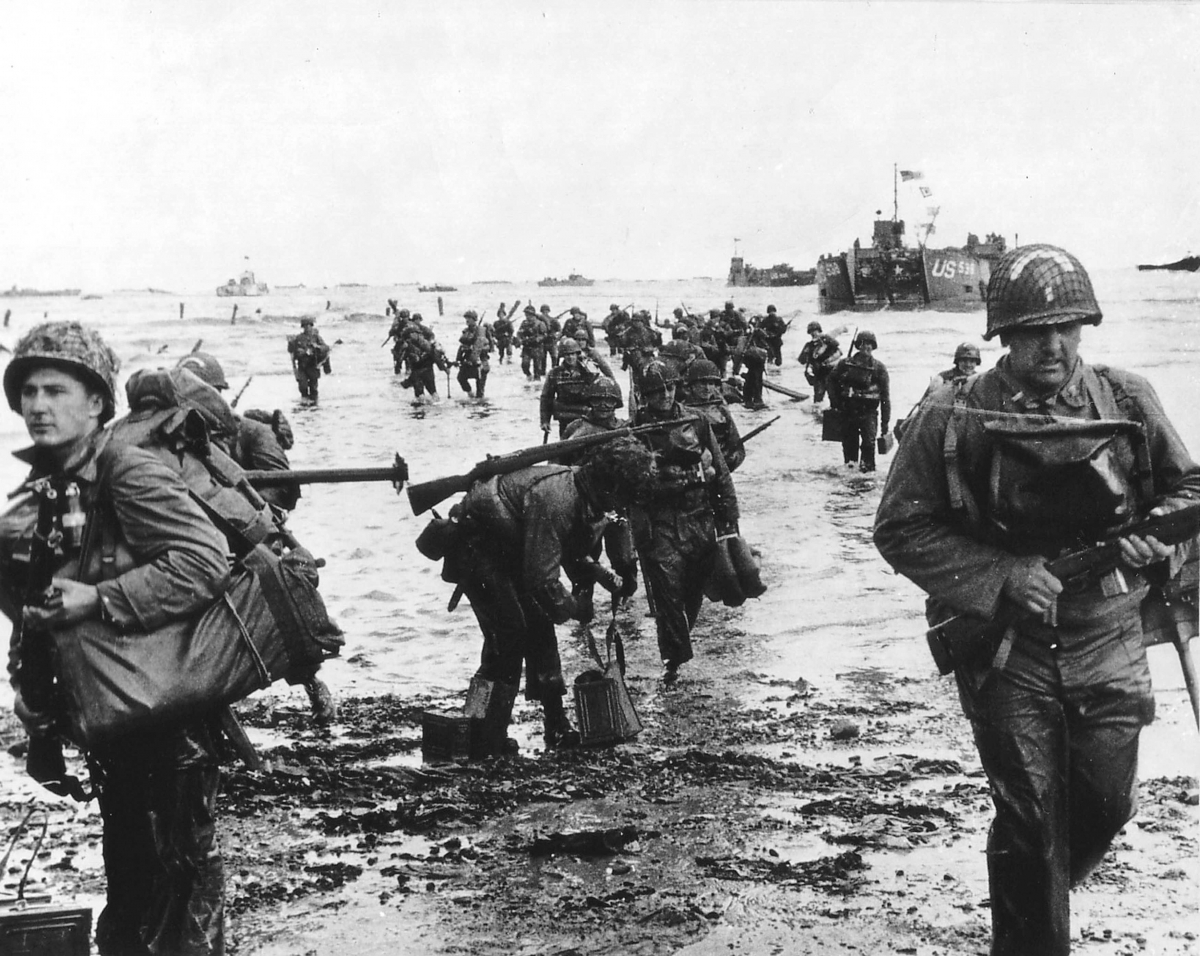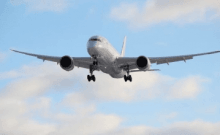Every year 6 June is observed as D-Day in the United States of America. The D-Day 2015 will be observe the 71st anniversary of the Normandy invasion.
It was on 6 June 1944, when one of the biggest military invasion in history took place. The Normandy Landings, codenamed Operation Neptune, supported Operation Overlord and eventually helped in liberation of Europe from the Nazi Germans.
The beaches of Normandy were selected for landing site by the Allied forces as it provided the best access to France's interior. The operation was initially planned for May 1944, but was delayed till June due to lack of landing craft.
Weather conditions almost caused another delay, but General Dwight Eisenhower who was the Commander of the Supreme Headquarters Allied Expeditionary Force decided to proceed with the attack.
Here are some must-know D-Day facts compiled by BBC and CNN.
- The Normandy invasion was initially scheduled for 5 June 1944, but due to bad weather it was postponed for 24 hours.
- The "D" in D-Day stands for Day. D-Day and H-Hour is a military usage for a secret time/day for an operation.
- The think-tanks behind the D-Day were particular about keeping the day and time of the invasion a secret. Even Normandy landings were timed in such a manner that they allied forces should enter France on a full moon assisted by a flood tide.
- Only 15% of paratroopers landed in the right place on D-Day.
- Lieutenant Herbert Denham 'Den' Brotheridge was the first allied soldier to be killed at Normandy. He was killed while leading a charge to seize Pegasus Bridge on 6 June.
- The German airforce, the Luftwaffe, didn't shoot down a single allied plane in air to air combat on D-Day as it was outnumbered 30:1.
- The allied soldiers landed on five beaches, codenamed, from east to west, Sword, Juno, Gold, Omaha, Utah.
- Omaha beach saw the highest number of causalities and was dubbed 'Bloody Omaha' after 4,000 soldiers lost their lives. An American unit lost almost 90% of its men on Omaha beach.
- The place of landing was kept a secret till the land. The first units, who reached the beaches, were not aware that they were landing on Normandy.
- For the Normandy mission, the Allied forces used 17 million maps. During training the maps used fake names.
- On D-Day British Prime Minister Winston Churchill announced that he would watch D-Day landings from HMS Belfast. Eventually King George VI had to intervene and dissuade him from doing so.
- There are 9,386 graves of the American soldiers at Normandy and each grave faces west, toward America.




















